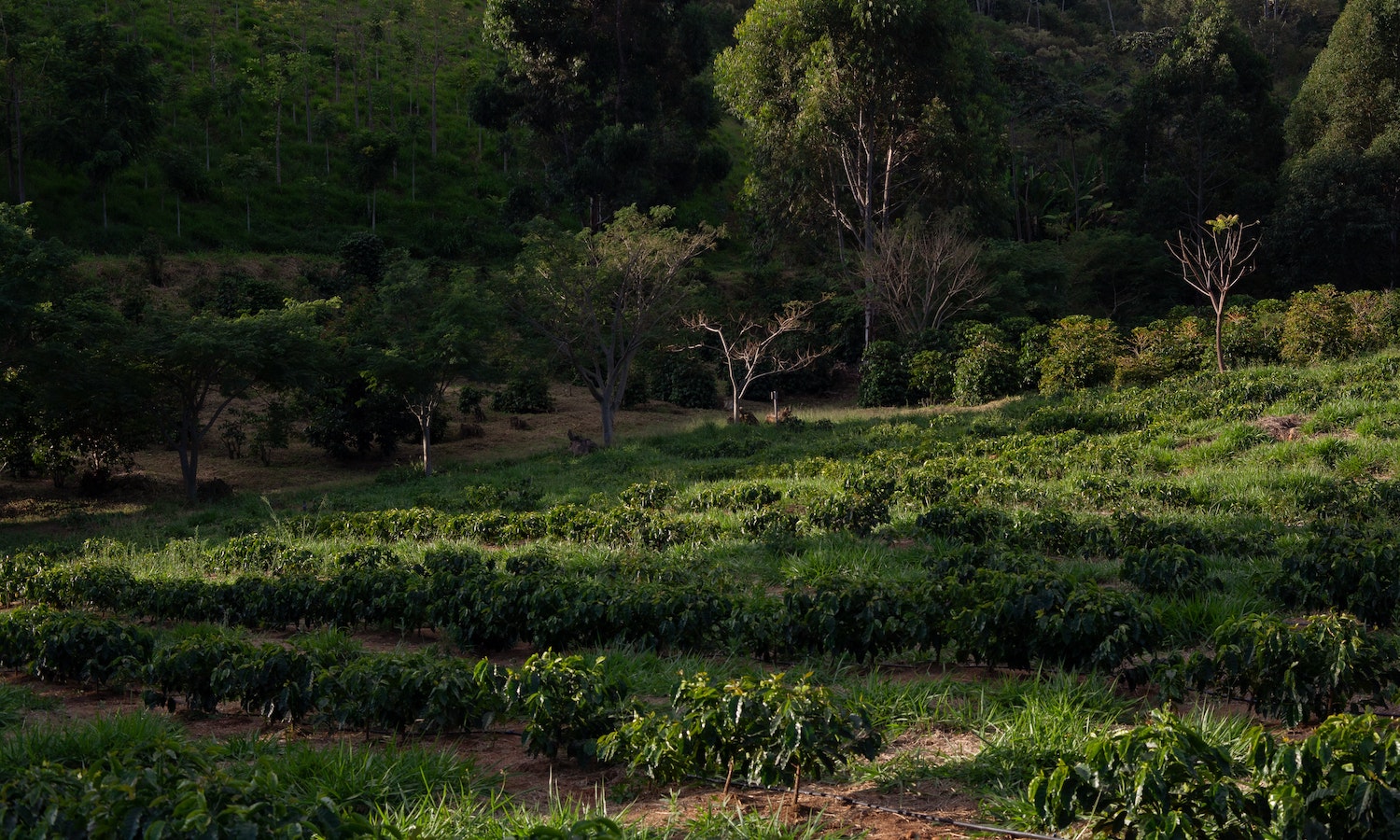“Some might say agroecology is catching on in the world, and it is true that the momentum is undeniable,” says Pierre Ferrand, Agricultural Officer at the U.N. Food and Agriculture Organization (FAO) Regional Office for Asia and the Pacific. “But why is something so compelling also so contentious?”
Ferrand moderated a recent Asian regional dialogue to discuss a new compendium from the Global Alliance for the Future of Food, “The Politics of Knowledge,” which explores the global knowledge surrounding agroecology while tackling misleading narratives and questions that may be undermining its expansion.
“We want to set a different tone” for discussions on agroecology, Ferrand says. “Peers talking to peers about how we can counter some of this narrative.”
The compendium presents multiple case studies demonstrating agroecology’s ability to build climate resilience while equitably nourishing communities. According to the FAO Tool for Agroecological Performance Evaluation (TAPE) methodology, agroecological farms score higher on several metrics including dietary diversity and food security; benefits for family farming; better soil health; more agrobiodiversity; and greater presence of beneficial animals and pollinators.
Yet as a pathway to more sustainable food systems and transformational change, agroecology remains contested. Ferrand says that some funders, researchers, and policymakers are skeptical of agroecology’s viability, profitability, and scalability.
“The same questions [that are asked of agroecology] are seldom asked of industrial agriculture,” says Ashlesha Khadse, Regional Director at Thousand Currents, a nonprofit supporting community-led initiatives in the Global South. “Where is the evidence that industrial agriculture will feed the world in the face of the looming climate crisis, in the face of a crisis of inequality?”
According to Khadse, the argument that the human population is growing exponentially, and therefore food production must grow exponentially, “has kept us locked into the status quo for the longest time…this ‘feed the world’ argument has been debunked on many occasions.”
Instead, speakers agreed that funders and donors should engage with the agroecological farmers and local organizations already working and building success stories within communities across the globe.
“Agroecology is about dialogue between different forms of knowledge, it’s about dialogue between modern science and also Indigenous knowledge and farmers’ knowledge,” says Khadse.
This includes moving away from a narrow focus on technology to recognize and collaborate with all partners—especially farmers.
“Family farmers are not just food producers but are knowledge producers and solution providers,” says Ma. Estrella Penunia, Secretary General of the Asian Farmers’ Association for Sustainable Rural Development.
Agroecological investments that focus on peer-to-peer approaches have seen significant economic results, says Vijay Kumar Thallam, Co-Vice Chairman of Zero Budget Natural Farming and Advisor to Andhra Pradesh Community Managed Natural Farming (APCNF) in India. For farmers in the APCNF transition program, the net value of crop output has increased by 80 percent, while water consumption per cropping cycle reduced by 50 percent and biodiversity improved.
“Social capital turns out to be the most critical requirement,” says Thallam.
But the journey takes a village. The entire community must be a part of the transition, according to Thallam: “Agroecology is something that is done by the people, not something governments or CSOs [civil society organizations] do for the people.”
Thallam also emphasizes women’s role in cultivating, validating, and scaling agroecological projects. In Andhra Pradesh, 90 percent of rural women are organized into self-help groups and federations.
“Women networks are the most important platform that we have,” says Thallam.
Marlene Ramirez, Secretary General of the Asian Partnership for the Development of Human Resources in Rural Areas (AsiaDHRRA), says these findings show that family farmers must be co-creators in the pursuit of technological innovations: “We need to learn from one another, build from lessons learned from experiences.”
Pioneers like Dr. Shi Yan, co-president of the International CSA Network (URGENCI) in China, are already showing how community-based organizations successfully scale across a region. Since Yan founded Shared Harvest in 2012, one of the first farms in China to follow the community-supported agriculture (CSA) model, thousands of similar CSA farms have opened across the country.
The discussions also shine a light on gaps within the investment community’s current portfolio, according to Rikke Olivera, Global Senior Natural Resources Management Specialist at the International Fund for Agricultural Development (IFAD).
“A lot of the answers are here today,” says Olivera. “It shows how dynamic this is and how fast this is moving.”
Olivera emphasizes the need to improve how evidence for agroecology is created, tracked, and interpreted, which investors like IFAD can use in discussions and negotiations with governmental organizations.
“Even though agroecology needs to be community-created and based in community knowledge, science is still important,” says Olivera.
True cost accounting will be critical in building these agroecological success stories, according to Olivera. This means looking at nutritional and biodiversity benefits, rather than simply calories, to calculate the impact of agroecological projects. Broader socio-economic benefits, such as the approaches’ ability to pull farmers out of poverty, should also be closely tracked.
Within the donor community, Gayatri Lobo, Chief Operating Officer of ATE Chandra Foundation in India, thinks that more funding needs to be given to unproven experiments and research.
“As donors, we typically look at scaling in a very linear fashion, and that’s perhaps the safest way to fund. But listening to today’s presentation, I think the need for donors to go into high-risk funding is imperative,” says Lobo.
“We need to think like venture capitalists…it’s important for donors to put in the money to conquer these narratives.”
Articles like the one you just read are made possible through the generosity of Food Tank members. Can we please count on you to be part of our growing movement? Become a member today by clicking here.











